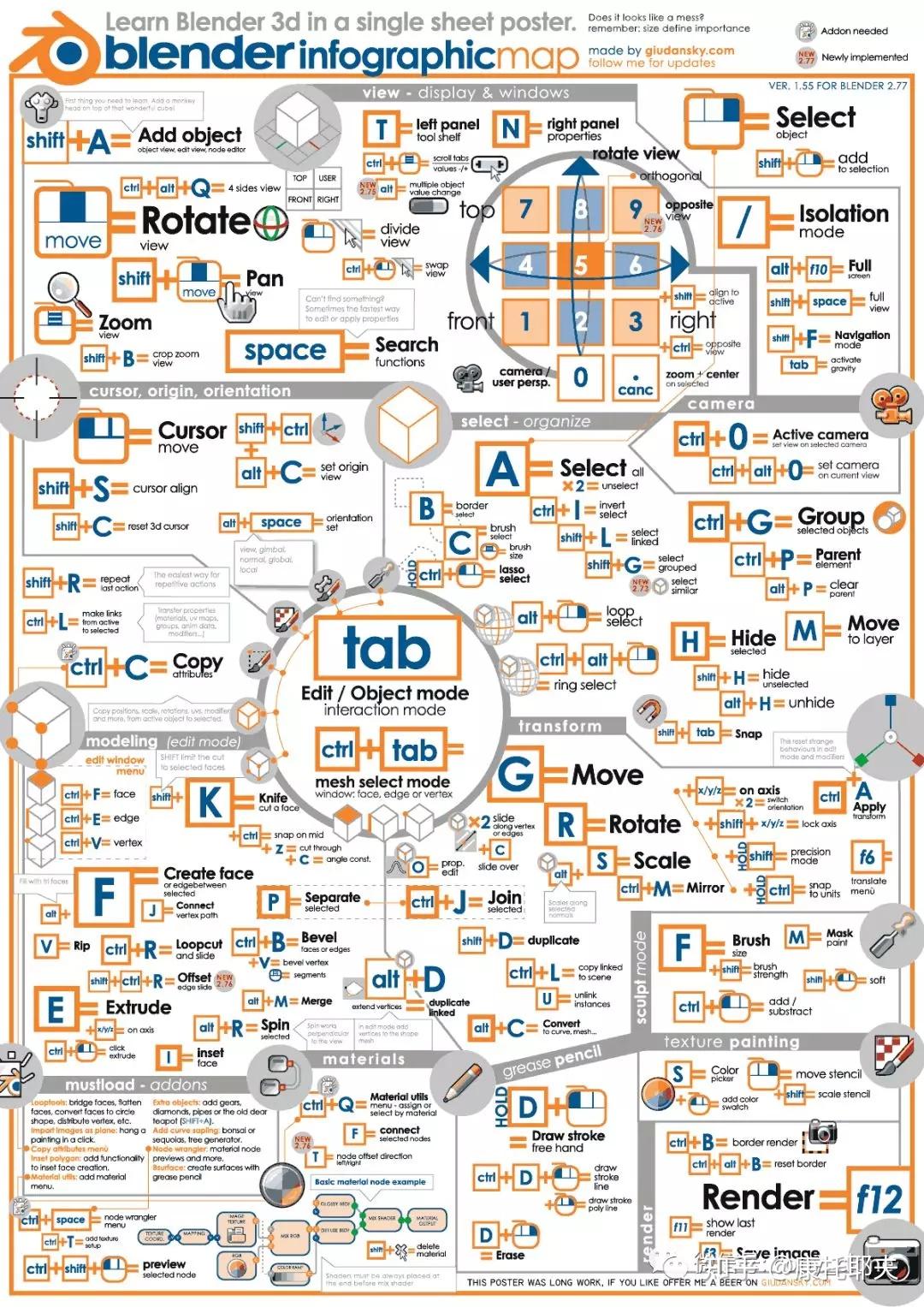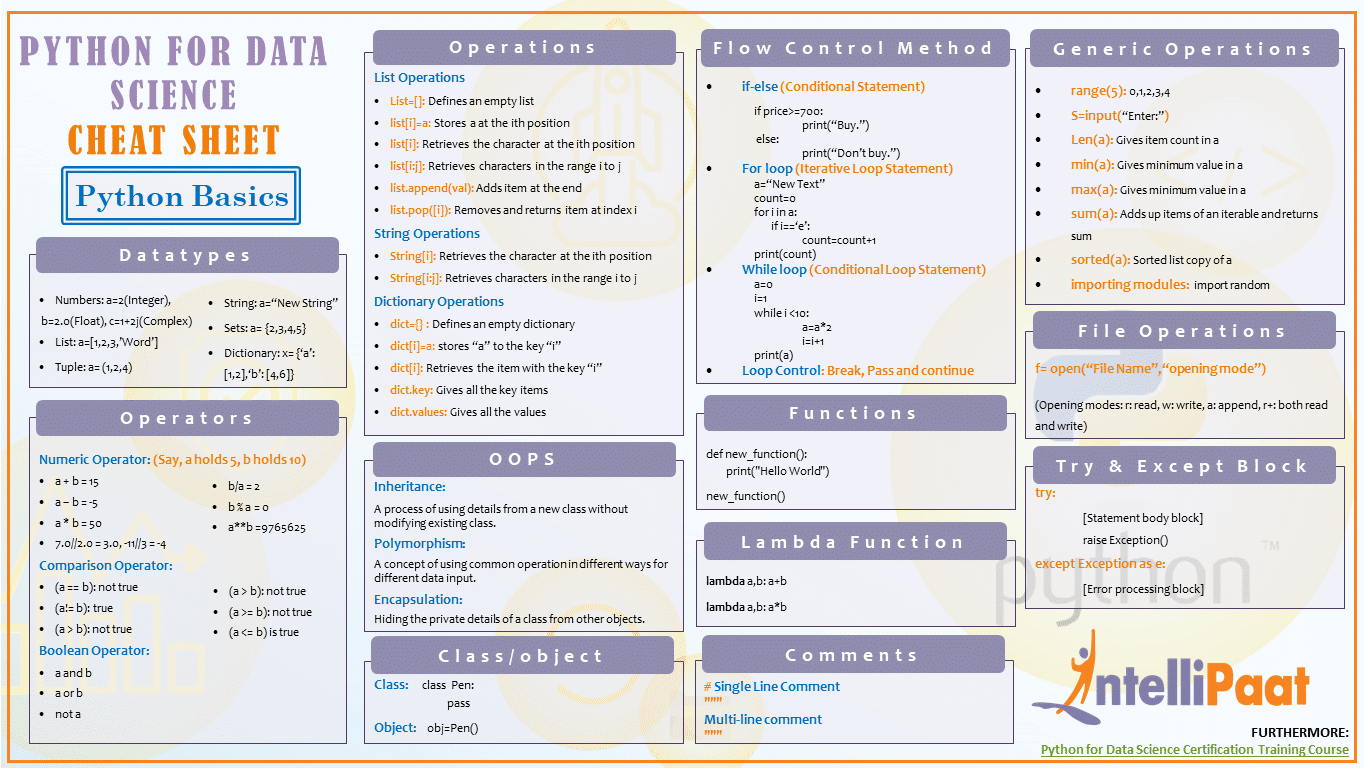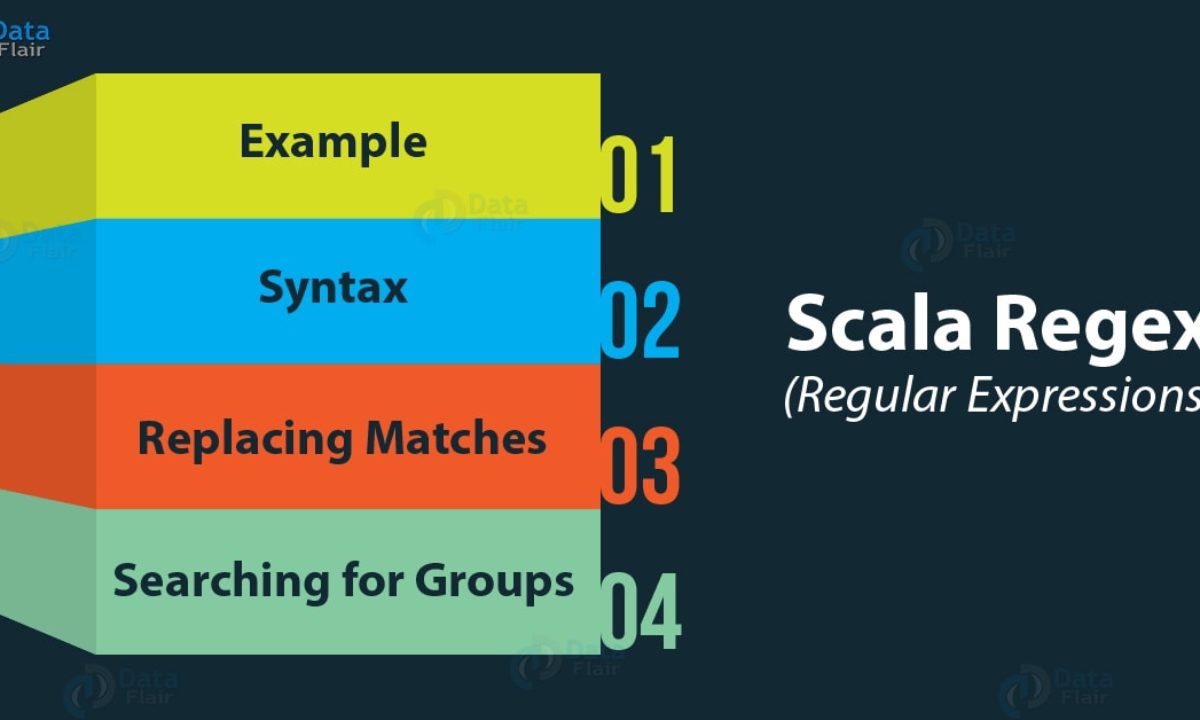- Regex cheat sheet of all shortcuts and commands. Match a single white space character (space, tab, form feed, or line feed).
- Regular Expressions Introduction to Regexes in Perl 5; Regex character classes; Regex: special character classes; Perl 5 Regex Quantifiers; trim - removing leading and trailing white spaces with Perl; Perl 5 Regex Cheat sheet; Shell related functionality What are -e, -z, -s, -M, -A, -C, -r, -w, -x, -o, -f, -d, -l in Perl?
- Regex R Studio Cheat Sheet
- C# Regex Cheat Sheet
- Regular Expression Cheat Sheet
- Regular Expression Sheet
Regular Expressions Cheat Sheet by DaveChild A quick reference guide for regular expressions (regex), including symbols, ranges, grouping, assertions and some sample patterns to get you started. Regular Expressions / Regex Cheat Sheet Special Characters in Regular Expressions & their meanings. Character Meaning Example. Match zero, one or more of the previous. Cheat Sheet This cheat sheet is intended to be a quick reminder for the main concepts involved in using regular expressions and assumes you already understand their usage. If you are new to regular expressions we strongly suggest you work through the Regular Expressions tutorial from the beginning.
h.o matches hoo, h2o, h/o, etc.
Use to search for these special characters:[ ^ $ . | ? * + ( ) { }
ring? matches ring?
(quiet) matches (quiet)
c:windows matches c:windows
regex engine is 'eager', stops comparing
as soon as 1st alternative matches
[DS] means not digit OR whitespace, both match
[^ds] disallow digit AND whitespace
colou?r match color or colour
* 0 or more[BW]ill[ieamy's]* match Bill, Willy, William's etc.
+ 1 or more[a-zA-Z]+ match 1 or more letters
{n} require n occurrencesd{3}-d{2}-d{4} match a SSN
{n,} require n or more
[a-zA-Z]{2,} 2 or more letters
{n,m} require n - m[a-z]w{1,7} match a UW NetID
(see modifiers)
bring word starts with 'ring', ex ringtone
ringb word ends with 'ring', ex spring
b9b match single digit 9, not 19, 91, 99, etc..
b[a-zA-Z]{6}b match 6-letter words
B NOT word edge
BringB match springs and wringer
 ^ start of string $
^ start of string $Regex R Studio Cheat Sheet
end of string^d*$ entire string must be digits
^[a-zA-Z]{4,20}$ string must have 4-20 letters
^[A-Z] string must begin with capital letter
[.!?')]$ string must end with terminal puncutation
$_(GET|POST|REQUEST|COOKIE|SESSION|SERVER)[.+]
Can lead to catastrophic backtracking.
'id' matches, but 'b' fails after atomic group,
parser doesn't backtrack into group to retry 'identity'
(?=ingb) match warbling, string, fishing, ... (?!w+ingb)w+b words NOT ending in 'ing'
(?<=bpre).*?b match pretend, present, prefix, ...(?<!pre)w*?b words NOT starting with 'pre' (lookbehind needs 3 chars, w{3}, to compare w/'pre')
(?<!ing)b match words NOT ending in 'ing'A few examples:
- (?s)<p(?(?=s) .*?)>(.*?)</p> span multiple lines
- (?s)<p(?(?=s) .*?)>(.*?)</p> locate opening '<p'
- (?s)<p(?(?=s) .*?)>(.*?)</p> create an if-then-else
- (?s)<p(?(?=s) .*?)>(.*?)</p> lookahead for a whitespace character
- (?s)<p(?(?=s) .*?)>(.*?)</p> if found, attempt lazy match of any characters until ...
- (?s)<p(?(?=s) .*?)>(.*?)</p> closing angle brace
- (?s)<p(?(?=s) .*?)>(.*?)</p> capture lazy match of all characters until ...
- (?s)<p(?(?=s) .*?)>(.*?)</p> closing '</p>'
The lookahead prevents matches on PRE, PARAM, and PROGRESS tags by only allowing more characters in the opening tag if P is followed by whitespace. Otherwise, '>' must follow '<p'.
LOOKAROUND notes
- (?= ) if you can find ahead
- (?! ) if you can NOT find ahead
- (?<= ) if you can find behind
- (?<! ) if you can NOT find behind
The 2nd capture group collects the characters between the space and the newline.
This allows for any number of names/initials prior to lastname, provided lastname is at the end of the line.
Find: (.*)(?= .*n) (.*)n
Repl: 2, 1n — insert 2nd capture (lastname) in front of first capture (all preceding names/initials)
Find: (.*?), (.*?)n — group 1 gets everything up to ', ' — group 2 gets everything after ', '
Repl: 2 1n
(?=(sometext)) the inner () captures the lookahead
This would NOT work: ((?=sometext)) Because lookaround groups are zero-width, the outer () capture nothing.
re?d vs r(?=e)dre?d — match an 'r', an optional 'e', then 'd' — matches red or rdr(?=e)d — match 'r' (IF FOLLOWED BY 'e') then see if 'd' comes after 'r' - The lookahead seeks 'e' only for the sake of matching 'r'.
- Because the lookahead condition is ZERO-width, the expression is logically impossible.
- It requires the 2nd character to be both 'e' and 'd'.
- For looking ahead, 'e' must follow 'r'.
- For matching, 'd' must follow 'r'.
(?<=h1) or (?<=w{4}) look behind for 'h1' or for 4 'word' characters. (?<=w+) look behind for 1 or more word characters. The first few examples below rely on this ability.
Lookaround groups define the context for a match. Here, we're seeking .* ie., 0 or more characters.
A positive lookbehind group (?<= . . . ) preceeds. A positive lookahead group (?= . . . ) follows.
These set the boundaries of the match this way:
- (?<=<(w+)>).*(?=</1>) look behind current location
- (?<=<(w+)>).*(?=</1>) for < > surrounding ...
- (?<=<(w+)>).*(?=</1>) one or more 'word' characters. The ( ) create a capture group to preserve the name of the presumed tag: DIV, H1, P, A, etc.
- (?<=<(w+)>).*(?=</1>) match anything until
- (?<=<(w+)>).*(?=</1>) looking ahead from the current character
- (?<=<(w+)>).*(?=</1>) these characters surround
- (?<=<(w+)>).*(?=</1>) the contents of the first capture group
In other words, advance along string until an opening HTML tag preceeds. Match chars until its closing HTML tag follows.
The tags themselves are not matched, only the text between them.
To span multiple lines, use the (?s) modifier. (?s)(?<=<cite>).*(?=</cite>) Match <cite> tag contents, regardless of line breaks.
As in example above, the first group (w+) captures the presumed tag name, then an optional space and other characters ?.*? allow for attributes before the closing >.
- class='.*?bredb.*?' this new part looks for class=' and red and ' somewhere in the opening tag
- b ensures 'red' is a single word
- .*? allow for other characters on either side of 'red' so pattern matches
class='red'andclass='blue red green'etc.
Here, the first group captures only the tag name. The tag's potential attributes are outside the group.

- (?i)<([a-z][a-z0-9]*)[^>]*>.*?</1> set ignore case ON
- (?i)<([a-z][a-z0-9]*)[^>]*>.*?</1> find an opening tag by matching 1 letter after <
- (?i)<([a-z][a-z0-9]*)[^>]*>.*?</1> then match 0 or more letters or digits
- (?i)<([a-z][a-z0-9]*)[^>]*>.*?</1> make this tag a capture group
- (?i)<([a-z][a-z0-9]*)[^>]*>.*?</1> match 0 or more characters that aren't > — this allows attributes in opening tag
- (?i)<([a-z][a-z0-9]*)[^>]*>.*?</1> match the presumed end of the opening tag
(NB: This markup <a> would end the match early. Doesn't matter here. Subsequent < pulls match to closing tag. But if you attempted to match only the opening tag, it might be truncated in rare cases.)
- (?i)<([a-z][a-z0-9]*)[^>]*>.*?</1> lazy match of all of tag's contents
- (?i)<([a-z][a-z0-9]*)[^>]*>.*?</1> match the closing tag — 1 refers to first capture group
The IF condition can be set by a backreference (as here) or by a lookaround group.
- (()?d{3} optional group ( )? matches '(' prior to 3-digit area code d{3} — group creates back reference #1
- (?(1)) ?|[-/ .]) (1) refers to group 1, so if '(' exists, match ')' followed by optional space, else match one of these: '- / . '
- d{3}[- .]d{4} rest of phone number
For a quick overview: http://www.codeproject.com/KB/dotnet/regextutorial.aspx.
For a good tutorial: http://www.regular-expressions.info.
vignettes/regular-expressions.RmdRegular expressions are a concise and flexible tool for describing patterns in strings. This vignette describes the key features of stringr’s regular expressions, as implemented by stringi. It is not a tutorial, so if you’re unfamiliar regular expressions, I’d recommend starting at http://r4ds.had.co.nz/strings.html. If you want to master the details, I’d recommend reading the classic Mastering Regular Expressions by Jeffrey E. F. Friedl.
Regular expressions are the default pattern engine in stringr. That means when you use a pattern matching function with a bare string, it’s equivalent to wrapping it in a call to regex():
You will need to use regex() explicitly if you want to override the default options, as you’ll see in examples below.
Basic matches
The simplest patterns match exact strings:
You can perform a case-insensitive match using ignore_case = TRUE:
The next step up in complexity is ., which matches any character except a newline:
You can allow . to match everything, including n, by setting dotall = TRUE:
Escaping
If “.” matches any character, how do you match a literal “.”? You need to use an “escape” to tell the regular expression you want to match it exactly, not use its special behaviour. Like strings, regexps use the backslash, , to escape special behaviour. So to match an ., you need the regexp .. Unfortunately this creates a problem. We use strings to represent regular expressions, and is also used as an escape symbol in strings. So to create the regular expression . we need the string '.'.
If is used as an escape character in regular expressions, how do you match a literal ? Well you need to escape it, creating the regular expression . To create that regular expression, you need to use a string, which also needs to escape . That means to match a literal you need to write ' — you need four backslashes to match one!
In this vignette, I use . to denote the regular expression, and '.' to denote the string that represents the regular expression.
An alternative quoting mechanism is Q...E: all the characters in ... are treated as exact matches. This is useful if you want to exactly match user input as part of a regular expression.
Special characters
Escapes also allow you to specify individual characters that are otherwise hard to type. You can specify individual unicode characters in five ways, either as a variable number of hex digits (four is most common), or by name:
xhh: 2 hex digits.x{hhhh}: 1-6 hex digits.uhhhh: 4 hex digits.Uhhhhhhhh: 8 hex digits.N{name}, e.g.N{grinning face}matches the basic smiling emoji.
Similarly, you can specify many common control characters:
a: bell.cX: match a control-X character.e: escape (u001B).f: form feed (u000C).n: line feed (u000A).r: carriage return (u000D).t: horizontal tabulation (u0009).0ooomatch an octal character. ‘ooo’ is from one to three octal digits, from 000 to 0377. The leading zero is required.
(Many of these are only of historical interest and are only included here for the sake of completeness.)
Matching multiple characters
There are a number of patterns that match more than one character. You’ve already seen ., which matches any character (except a newline). A closely related operator is X, which matches a grapheme cluster, a set of individual elements that form a single symbol. For example, one way of representing “á” is as the letter “a” plus an accent: . will match the component “a”, while X will match the complete symbol:
There are five other escaped pairs that match narrower classes of characters:
d: matches any digit. The complement,D, matches any character that is not a decimal digit.Technically,
dincludes any character in the Unicode Category of Nd (“Number, Decimal Digit”), which also includes numeric symbols from other languages:s: matches any whitespace. This includes tabs, newlines, form feeds, and any character in the Unicode Z Category (which includes a variety of space characters and other separators.). The complement,S, matches any non-whitespace character.p{property name}matches any character with specific unicode property, likep{Uppercase}orp{Diacritic}. The complement,P{property name}, matches all characters without the property. A complete list of unicode properties can be found at http://www.unicode.org/reports/tr44/#Property_Index.wmatches any “word” character, which includes alphabetic characters, marks and decimal numbers. The complement,W, matches any non-word character.Technically,
walso matches connector punctuation,u200c(zero width connector), andu200d(zero width joiner), but these are rarely seen in the wild.bmatches word boundaries, the transition between word and non-word characters.Bmatches the opposite: boundaries that have either both word or non-word characters on either side.
You can also create your own character classes using []:
[abc]: matches a, b, or c.[a-z]: matches every character between a and z (in Unicode code point order).[^abc]: matches anything except a, b, or c.[^-]: matches^or-.
There are a number of pre-built classes that you can use inside []:
[:punct:]: punctuation.[:alpha:]: letters.[:lower:]: lowercase letters.[:upper:]: upperclass letters.[:digit:]: digits.[:xdigit:]: hex digits.[:alnum:]: letters and numbers.[:cntrl:]: control characters.[:graph:]: letters, numbers, and punctuation.[:print:]: letters, numbers, punctuation, and whitespace.[:space:]: space characters (basically equivalent tos).[:blank:]: space and tab.
These all go inside the [] for character classes, i.e. [[:digit:]AX] matches all digits, A, and X.
You can also using Unicode properties, like [p{Letter}], and various set operations, like [p{Letter}--p{script=latin}]. See ?'stringi-search-charclass' for details.
Alternation
| is the alternation operator, which will pick between one or more possible matches. For example, abc|def will match abc or def.
Note that the precedence for | is low, so that abc|def matches abc or def not abcyz or abxyz.
Grouping
You can use parentheses to override the default precedence rules:
Parenthesis also define “groups” that you can refer to with backreferences, like 1, 2 etc, and can be extracted with str_match(). For example, the following regular expression finds all fruits that have a repeated pair of letters:
You can use (?:...), the non-grouping parentheses, to control precedence but not capture the match in a group. This is slightly more efficient than capturing parentheses.
This is most useful for more complex cases where you need to capture matches and control precedence independently.
Anchors
By default, regular expressions will match any part of a string. It’s often useful to anchor the regular expression so that it matches from the start or end of the string:
^matches the start of string.$matches the end of the string.
C# Regex Cheat Sheet
To match a literal “$” or “^”, you need to escape them, $, and ^.
For multiline strings, you can use regex(multiline = TRUE). This changes the behaviour of ^ and $, and introduces three new operators:
^now matches the start of each line.$now matches the end of each line.Amatches the start of the input.zmatches the end of the input.Zmatches the end of the input, but before the final line terminator, if it exists.
Repetition
You can control how many times a pattern matches with the repetition operators:
?: 0 or 1.+: 1 or more.*: 0 or more.
Note that the precedence of these operators is high, so you can write: colou?r to match either American or British spellings. That means most uses will need parentheses, like bana(na)+.
You can also specify the number of matches precisely:
{n}: exactly n{n,}: n or more{n,m}: between n and m
By default these matches are “greedy”: they will match the longest string possible. You can make them “lazy”, matching the shortest string possible by putting a ? after them:
??: 0 or 1, prefer 0.+?: 1 or more, match as few times as possible.*?: 0 or more, match as few times as possible.{n,}?: n or more, match as few times as possible.{n,m}?: between n and m, , match as few times as possible, but at least n.
You can also make the matches possessive by putting a + after them, which means that if later parts of the match fail, the repetition will not be re-tried with a smaller number of characters. This is an advanced feature used to improve performance in worst-case scenarios (called “catastrophic backtracking”).
?+: 0 or 1, possessive.++: 1 or more, possessive.*+: 0 or more, possessive.{n}+: exactly n, possessive.{n,}+: n or more, possessive.{n,m}+: between n and m, possessive.
A related concept is the atomic-match parenthesis, (?>...). If a later match fails and the engine needs to back-track, an atomic match is kept as is: it succeeds or fails as a whole. Compare the following two regular expressions:
Regular Expression Cheat Sheet
The atomic match fails because it matches A, and then the next character is a C so it fails. The regular match succeeds because it matches A, but then C doesn’t match, so it back-tracks and tries B instead.
Look arounds
These assertions look ahead or behind the current match without “consuming” any characters (i.e. changing the input position).
(?=...): positive look-ahead assertion. Matches if...matches at the current input.(?!...): negative look-ahead assertion. Matches if...does not match at the current input.(?<=...): positive look-behind assertion. Matches if...matches text preceding the current position, with the last character of the match being the character just before the current position. Length must be bounded
(i.e. no*or+).(?<!...): negative look-behind assertion. Matches if...does not match text preceding the current position. Length must be bounded
(i.e. no*or+).
Regular Expression Sheet
These are useful when you want to check that a pattern exists, but you don’t want to include it in the result:
